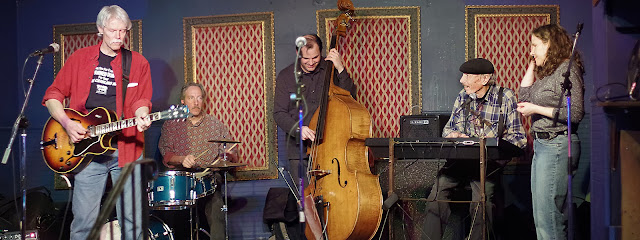Alda on Performing Arts in Iceland

Harpa, Reykjavík, 2012
I've been a fan of the Icelandic performing arts for years and this short essay about a new Icelandic opera (taken from Alda Sigmundsdóttir's Facebook page, 30 March 2014) eloquently sums up my impressions and then some:
Last night we went to see a new Icelandic opera called Ragnheiður, which has been getting rave reviews. Critics have literally been falling all over themselves with rapture. So I confess I was more than a little curious to see it, though not without apprehension, since I'm not a big opera fan and find few things worse than sitting through a lengthy theatrical performance when I'm bored out of my wits.
But the production totally lived up to the hype. And sitting there in the dark I had some thoughts.
1. Not for the first time I was filled with awe that this tiny nation - 320,000 people - are able to put on a production of such remarkable quality. We went to a Broadway show last summer that was substantially inferior to this. And this is not a one-off. Pretty much every theatrical production you see here in the professional theatres is of such a standard. It completely defies all logic.
2. It was brought home to me how essential the arts are to a nation's identity. This opera is about a very dramatic event in Iceland's history, and it is performed in Icelandic. Sitting in the audience you could FEEL the concentrated attention of all the people watching who connected on a very profound level with all that was going on. It spoke to them - to us. Granted, it would have spoken to anyone - the emotions, occurrences etc. were common to all humanity - but the context, clothing, setting, language, etc. were OURS. And people were crying all around me. Practically sobbing. I have never experienced that at the theatre before. In tear-jerk movies, yes, but never at the theatre.
3. I marvelled at the fact that certain political forces believe that the arts are a luxury, and pretty unimportant in the grand scheme of things. They are not. Performances like the one I saw last night are the glue that hold a nation together. They nourish the finer sensibilities, like compassion, empathy and love, and they foster a sense of unity. They promote a healthy society, and any politician who does not see the value of that is seriously stupid.




























